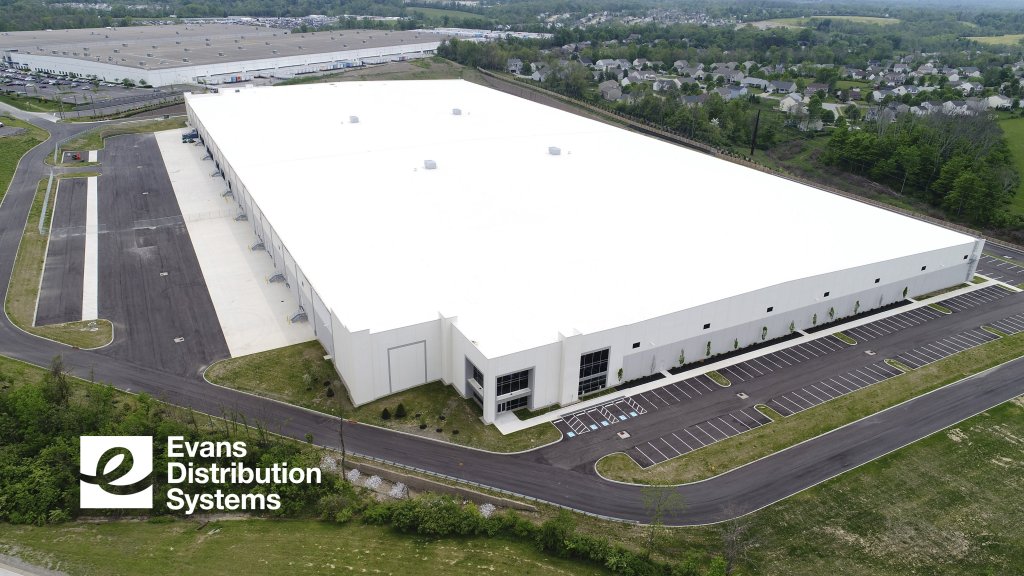At the beginning of 2020, the industrial real estate market was looking great. Unemployment was low and the economy was strong, giving people confidence to be more assertive with their investments. Businesses were making longer term commitments and investing money to expand their operations. The coronavirus pandemic had a direct impact on distribution strategy, and increased demand for fulfillment services. As these markets continue to grow the future of industrial real estate will have a huge impact on supply chain expansion.

Rental Rates Will Increase
E-commerce continues to see substantial growth year-over-year, being the force driving the industrial and logistics industry. The demand of storage and distribution space increases as more businesses are adopting the model of selling online. According to the “Industrial and Logistics: 2020 Real Estate Market Outlook” from CBRE, there is higher-than-average lease renewal rate in areas of low vacancy. This creates a demand for more warehouses under 120,000 sq. ft. strategically placed to meet the demand of same-day shipping for online retailers. These small to midsized warehouses have experienced a 30% increase in rent over past five years which is double the average of larger facilities. Also, as online grocery shopping is becoming more prevalent, the demand for cold storage facilities and warehousing with overflow capacity should see growth in 2020.
Supply Will Outpace Demand
For the first time since the 2008 recession, it is predicted that supply for warehouse space will outpace the demand by about 20 to 30 million sq. ft. This only makes up about 0.2% of the industrial market, however if vacancy rates do increase, it will be by a very small margin. Vacancy rates will remain low due to the increased demand for e-commerce distribution space.
More Outsourcing to 3PLs
Fulfillment operations will continue to get more complicated with the growth of e-commerce. Due to these processes we can expect outsourcing to 3PLs to increase over the next few years. Trade disputes between the United States and China further supports this idea with many businesses relocating manufacturing and distribution operations back to North America. Utilizing a 3PL while they restructure their supply chain may create even higher demand in warehouse space, but most likely after 2020.
Secondary Markets Will Gain Popularity
Because supply chain growth requires more facilities to meet demand for storage space and shipping speed, secondary markets have become ideal locations for investment. The primary risk in investing in these markets are oversupplying and lower liquidity. However, a few markets have emerged as locations with high liquidity and a large enough market to produce a good return on investment. These markets are Charlotte, Cincinnati, Denver, Louisville, Orlando, Portland, St. Louis and Tampa. These locations standout because many of them are located toward the center of the United States which would help to better serve the surrounding areas.
Evans Distribution Systems can help you with your future warehousing and fulfillment needs. For more information on our services you can Request a Quote or email us at sales@evansdist.com with the details of your requirement.
